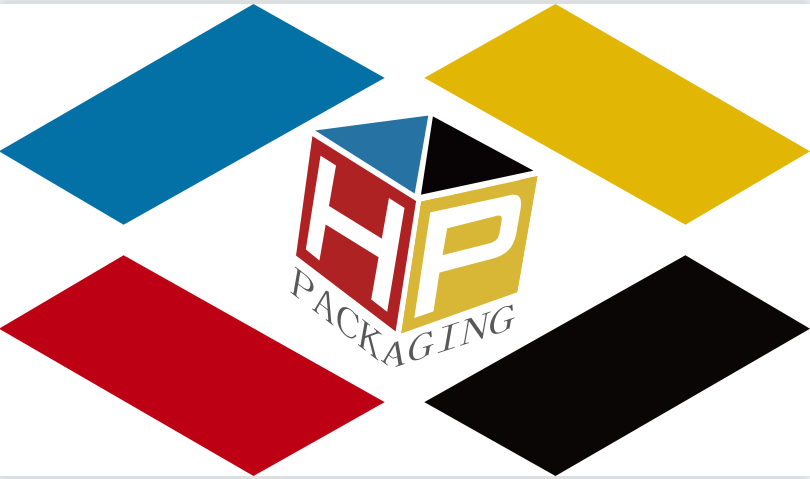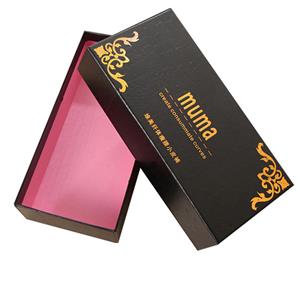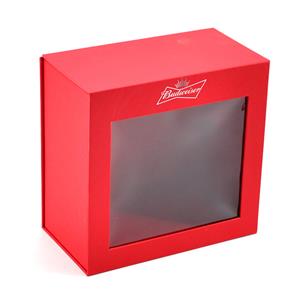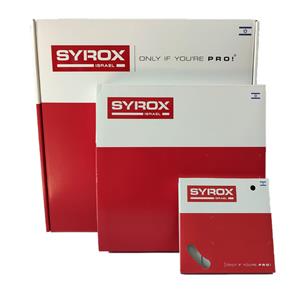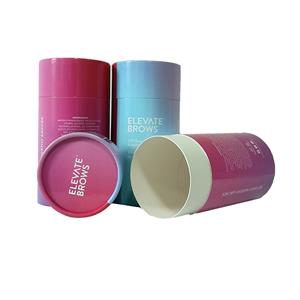Advantages And Disadvantages Of The Film Printing Process
Advantages And Disadvantages Of The Film Printing Process
custom carton packaging box

Lamination, also known as "foil", "plastering" or "post-printing". That is, the plastic film coated with the adhesive and the paper-based printed matter are subjected to processes such as heating, pressing, and cooling. The surface of the printed matter is covered with a layer of transparent plastic film with a thickness of 0.012 to 0.020 mm (1.2 to 2 silk) to form a post-processing technology for paper-plastic printed products.
custom foldable carton boxes

The printed product after lamination has a thin and transparent film on the surface of the printed product, which makes the appearance of the product more vivid, brighter and increase gloss.
oem carton boxes
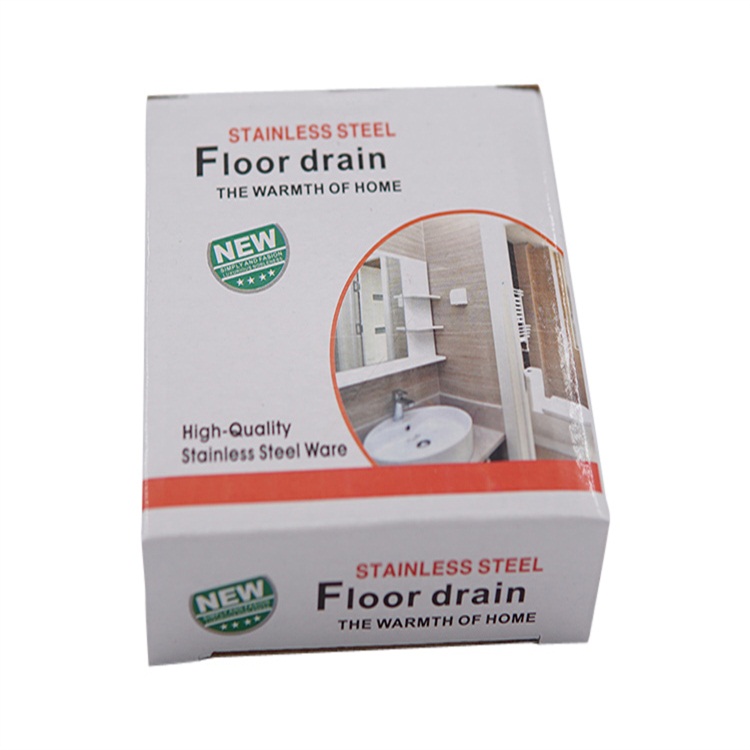
It can improve the strength and stiffness of printed matter, and at the same time play a role in protecting the picture, not easy to be scratched, more wear-resistant, corrosion-resistant, and play a role of waterproofing, anti-fouling and so on.

custom carton packaging box
After lamination, the printed products have significantly enhanced tensile and moisture resistance, which not only protects the appearance of the printed products, but also improves their service life.
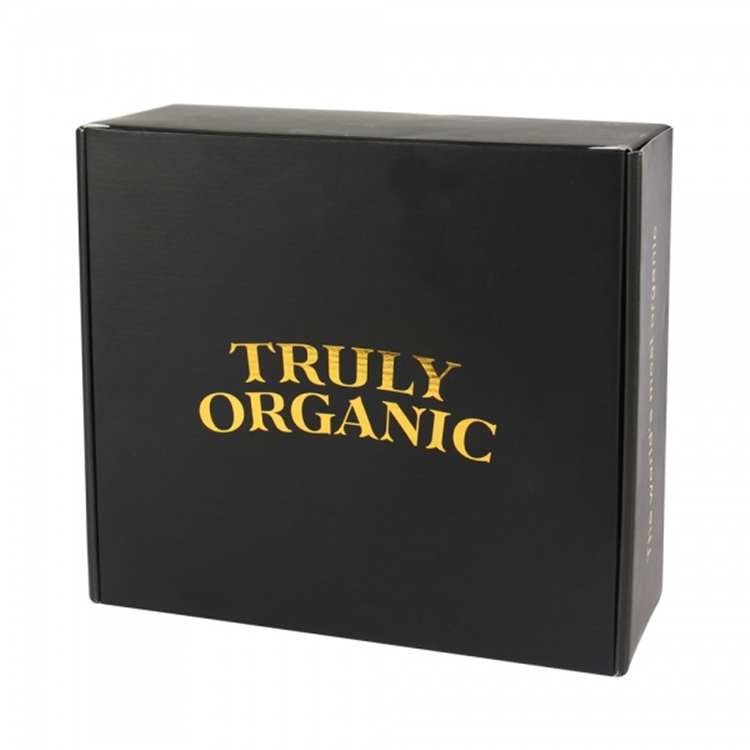
The printed matter after lamination increases the color density and brightness, which can compensate for printing defects such as insufficient saturation of the printed color or inaccurate spot color matching.
custom foldable carton boxes
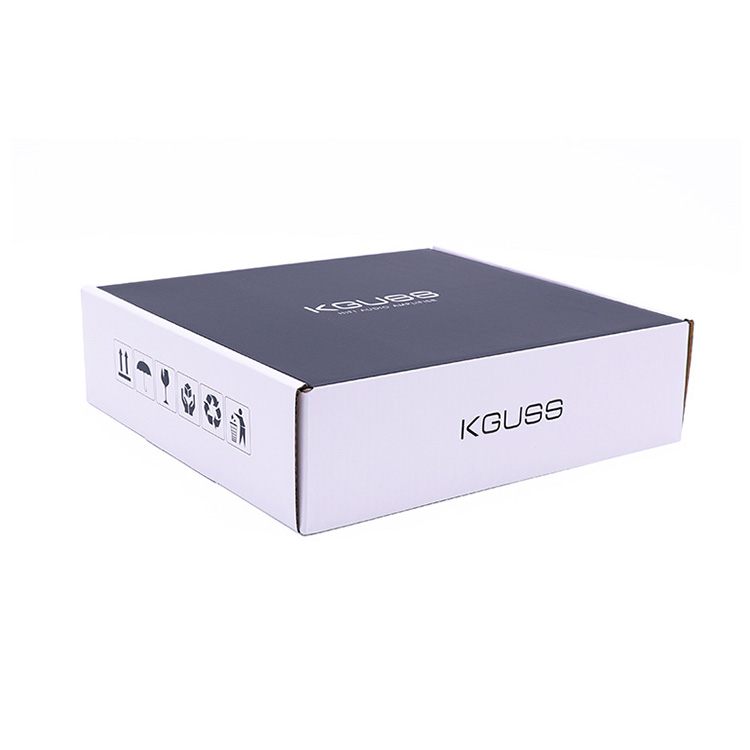
Fan Guo is widely used, such as: posters, maps, various cards, handbags, advertisements, books and exquisite album covers, pieces, fashion consumer goods and car albums, exquisite calendars, photos, etc. The lamination process uses a plastic film. Because the process uses chemical liquids such as benzene-containing solvents, it does not meet the pollution-free health and environmental protection printing concept. After the printing paper is subjected to the lamination process, the paper is difficult to recycle and becomes a pollutant similar to white plastic. Therefore, from the perspective of environmental protection, the lamination process is a non-environment-friendly printing process technology.
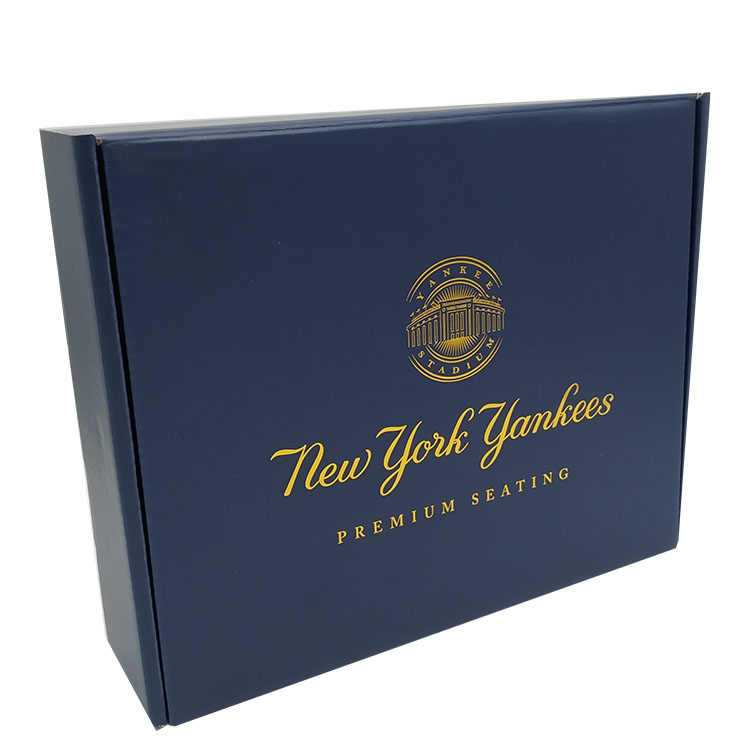
In the future, designers and print providers should choose which process technology to use for surface finishing of printed materials, especially when designing and producing printed materials for foreign manufacturers. Such environmental protection factors must be taken into account, because some countries have already Packaging prints produced by the film process are classified as non-recyclable and decomposable pollutants and are prohibited from being imported and used. In packaging containers and product promotional prints of internationally renowned brands, we are increasingly seeing film-laminating processes instead. Polishing process.
